Art Fairs
10 Great Reasons to Visit London’s START Art Fair
From its global selection of galleries to a timely exhibition by Chim↑Pom.
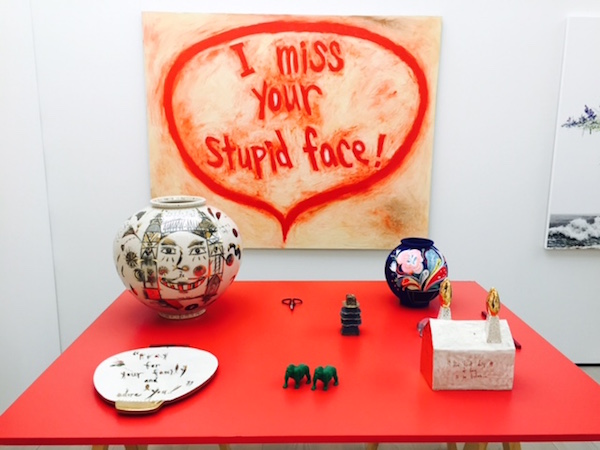
Photo: Lorena Muñoz-Alonso
From its global selection of galleries to a timely exhibition by Chim↑Pom.

Lorena Muñoz-Alonso

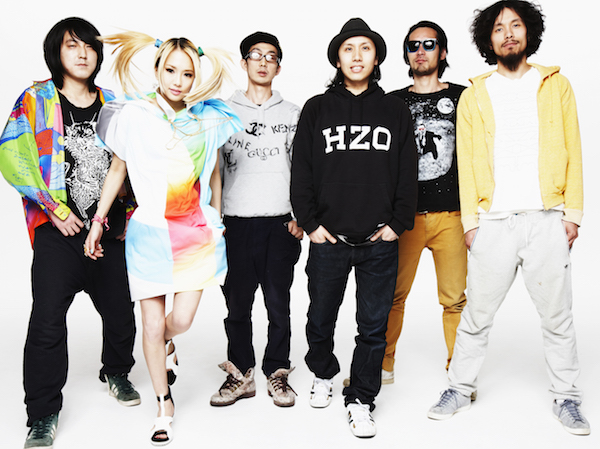
The Japanese artist collective Chim↑Pom
Photo: ©Chim↑Pom
The second edition of the art fair START is opening its doors today at London’s Saatchi Gallery, just around the corner from the well-heeled Sloane Square in West London.
This edition is fully the work of Niru Ratnam, who took the helm of this young boutique fair just six weeks prior to its debut edition last year. Ratnam had previously worked as Head of Development for the fair Art14 and was also Associate Director at Frith Street Gallery in London.
Among the new developments he has implemented, the most welcomed is the section This is Tomorrow, which showcases over 15 solo artist presentations from a handful of galleries carefully selected by Ratnam himself. Also well-received was the change of date, from late June to early September, thus avoiding coinciding with London’s Masterpiece and the general hangover from Art Basel in Basel and its numerous satellites.
Ratnam says that the ethos of START is “to show emerging art from all over the world” and he has certainly delivered: the 47 galleries gathered under the roof of Charles Saatchi’s “art palace” hail from 25 countries, including cities like Riga, Lagos, Tehran, Kuala Lumpur, and Colombo, as well as London, New York, Los Angeles, and Milan.
The intimate scale of the fair, which is also peppered with a number of non-commercial exhibitions as part of its Projects section, makes for accessible and pleasurable viewing (no fair fatigue-inducing aisles here). Crucially, the prices of the works on display are also moderate, ranging from £2,000 to £20,000.
“The collectors we are catering for are curious,” Ratnam told artnet News. “This is a fair to discover 5 or 6 artists that you might have never heard of before from art scenes you might not be familiar with,” he explained.
artnet News has selected the 8 booths and two curated projects that you shouldn’t miss at START:
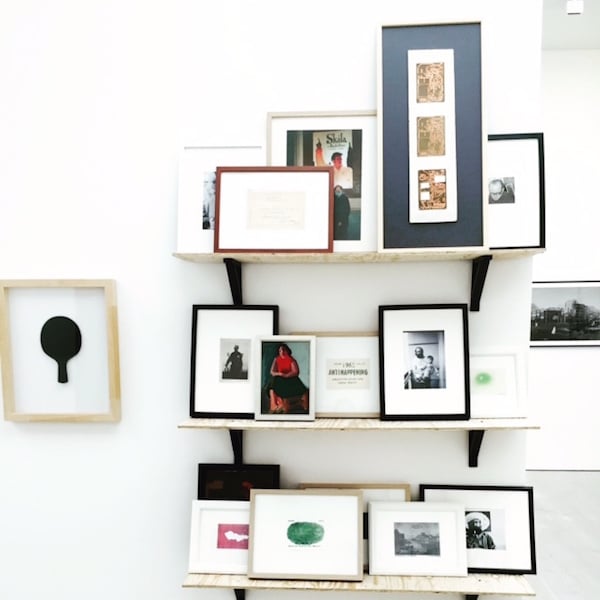
Presentation of works by Július Koller at the booth of SODA Gallery
Photo: Lorena Muñoz-Alonso
1. SODA Gallery (Bratislava)
The top position of this edition of START goes to the Bratislava-based gallery SODA, which showcased a wonderful group presentation of artists from Slovakia and the Czech Republic, including a fantastic selection of works by avant-garde legend Július Koller, as well as pieces by Stano Filko, Jan Šerych, and Ilona Németh.
The director of the gallery, Tomáš Umrian, had arranged a number of works on paper, prints, and photographs by Koller on several rows of wooden shelves, giving the individual pieces a curated sense of unity. One almost wished she could have bought them all, en masse.
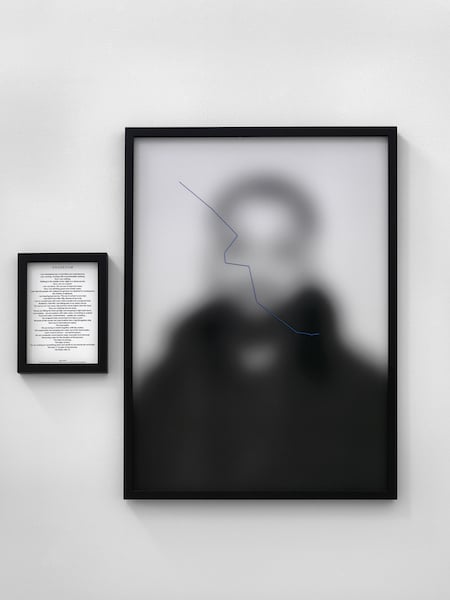
Aida Silvestri, Anghesom (2013)
Photo: Courtesy Roman Road
2. Roman Road (London)
Part of the This is Tomorrow section, the young London gallery presented a poignant project by Aida Silvestri documenting the journeys to London of a group of refugees from Eritrea.
Silvestri chose to tell their stories via a series of out-of-focus portraits to preserve the privacy of her subjects, (also as their statuses in the UK are in most cases still illegal). The artists then sowed a line to each portrait—reading almost like scars—representing their journeys from Africa to Europe, sometimes zigzagging across cities and continents. Next to their portraits, the protagonists tell their stories in candid and moving texts.
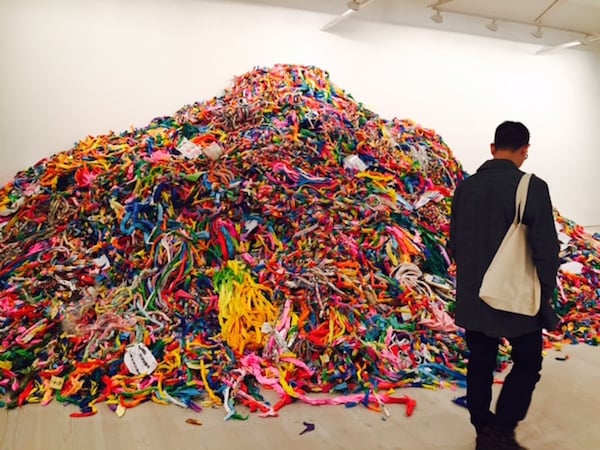
Installation view of Chim↑Pom’s The History of Humans (2015) at START art fair.
Photo: Lorena Muñoz-Alonso
3. Chim↑Pom
Not a booth, but an exhibition part of the Projects section, the presentation of the Japanese artist collective, winners of the Prudential Eye Emerging Artist of the Year Award, is one of the unmissable offerings of this edition of the fair, and marks the first UK exhibition of this collective on the rise.
All the works presented at START explore an ongoing concern of the collective: nuclear and natural disasters such as Hiroshima or Fukushima. But at same time, their works, be it films or performances, have a joyful sense of humor, bringing a sense of hope.
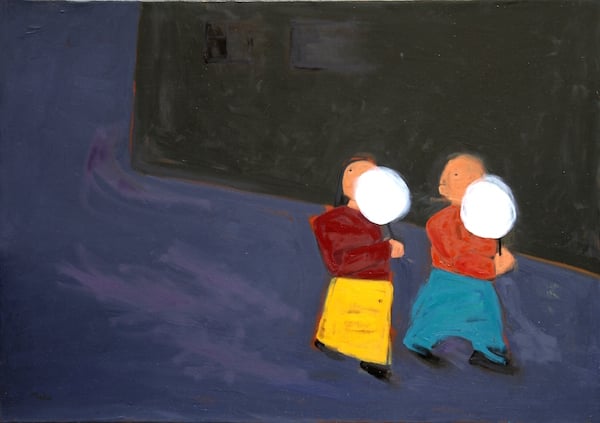
Maka Batiashvili, Candy Cotton, 2015
Photo: Courtesy Project ArtBeat, Tbilisi
4. Project ArtBeat (Tbilisi)
The Georgian gallery delighted with the series of paintings by Maka Batiashvili depicting couples engaged in mundane activities like chewing gum, sitting on the grass, and walking in the street. With their naïve colors and primitive brushstrokes, Batiashvili’s small canvases elicit an immediate pleasure and response that seems miles away from the rarefied and conceptual artworks that populate many contemporary art fairs.

Installation of works by Kang Jun Young at the booth of Atelier Aki
Photo: Lorena Muñoz-Alonso
5. Atelier Aki (Seoul)
The gallery from Seoul brought an arresting group presentation, but it was perhaps the tabletop installation by Kang Jun Young which stole the show. Working across ceramics, painting, and drawing, Young’s works tackle autobiographical themes, like love and family relationships, with a style that mixes humor and unabashed sentimentality.
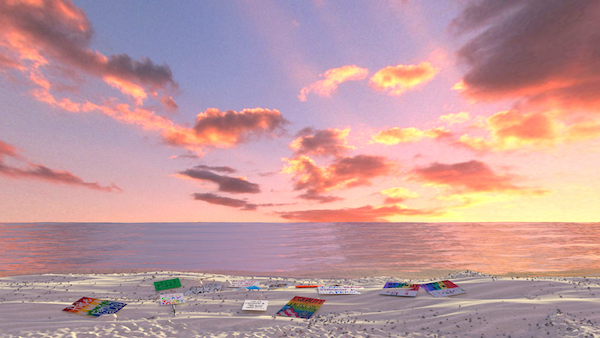
Hannah Quinlan Anderson and Rosie Hastings, Becoming Natural (film still 2014)
Photo: Courtesy Arcadia Missa
6. Arcadia Missa (London)
The young London gallery Arcadia Missa presented a collaborative project by Hannah Quinlan Anderson and Rose Hastings that explores the idea of the gay bar as space of creative encounters and exchanges. “START was the first fair we did when we started representing artists, so we wanted to be present also this year” Roszita Farkas, director of the gallery, told artnet News. “It is also a great fair to take risks and be creative.”

Scott Anderson, Holding Food-Court (2015)
Photo: Courtesy CES Gallery, Los Angeles
7. CES Gallery (Los Angeles)
At the booth of the Los Angeles based gallery, a group of paintings by the American Scott Anderson beamed on the ground floor. Anderson’s process-based paintings certainly reference avant-garde masters like Henri Matisse, but they read more like attempts to exorcise their weighty influence than like mere tributes. Half fauvist reveries half manic cartoons, Anderson’s paintings signal that this is an artist to watch.
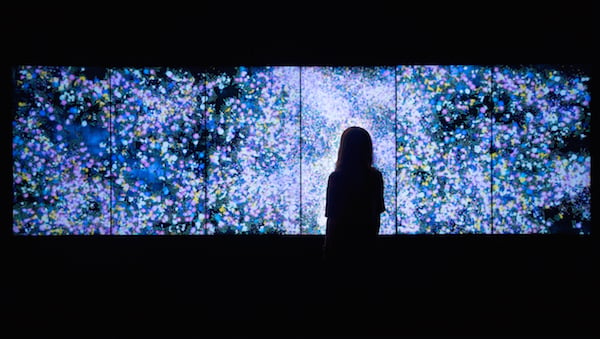
Flowers and People, Cannot be Controlled but Live Together – Dark
teamLab, 2015, Interactive Digital Installation
Photo: Courtesy of teamLab and START Art Fair
8. teamLab
The immersive digital installation of teamLab was a truly mesmerizing technological feat: a digitally generated landscape of blossoming flowers and butterflies that reacted to human touch. Flowers would grow around people and objects, while the butterflies would drop dead when touched by human hands, exploring themes of man versus nature and ecology versus industry.
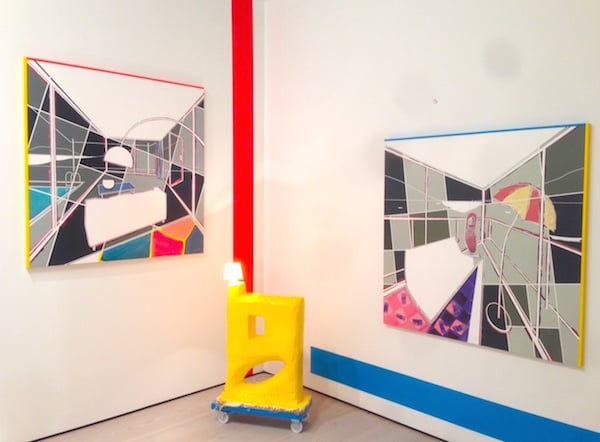
Installation view of works by David Ben White at START Art Fair
Photo: Courtesy l’étrangère, London
9. l’étrangère (London)
Back at the This is Tomorrow section (which takes its name after the seminal exhibition held at the Whitechapel in 1956), the young east London gallery l’étrangère offered a superb solo presentation by David Ben White.
In his paintings and sculptures, White plays with the legacy of Modernism but brings a topsy-turvy twist to his depiction of angular buildings and sleek interiors. On the floor, two sculptures doubling as wonky furniture in bright yellow and blue seemed like a hybrid of Franz West’s “adaptives” and furniture works.
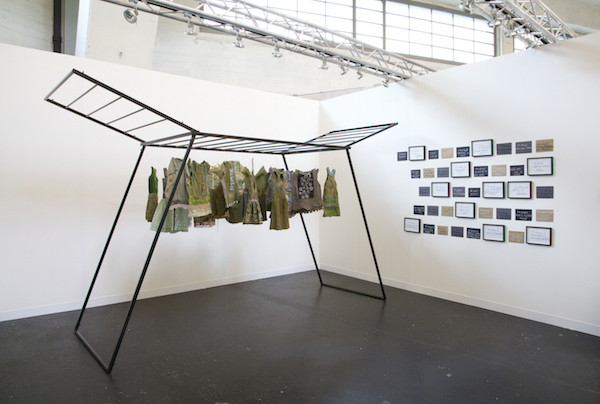
Installation view of works by Batia Shani at START Art Fair
Photo: Courtesy Tamar Dresdner Art Project, Tel Aviv
10. Tamar Dresdner Art Project (Tel Aviv)
The Tel Aviv-based gallery convinced with its presentation by Batia Shani, which explores the Israeli artist’s fears, especially those related to the ongoing conflict. One of the works is an installation of small dresses made with fabric from uniforms of Israeli Army and embroidered with messages, crafted following the draft of Shani’s son. “Embroidering has become a sort of coping mechanism, a sort of therapy for me, to face and overcome my fears,” Shani told artnet News.
START Art Fair takes place at the Saatchi Gallery, London, from September 10-13, 2015.
Related stories:
Meet the New Generation of Young London Art Dealers
Steady but Uneven Sales at the 6th Edition of Masterpiece London